In September 1939, 81-year-old Edith Somerville wrote to an American friend about war developments in Europe, saying somewhat tongue in cheek that “Europe will never have peace until she is governed exclusively by middle-aged women”.
Despite a halo of white hair and bright blue eyes, Somerville could be formidable and given to making pronouncements. She did not hesitate to assert her hard-earned authority as the co-author with Martin Ross (Violet Martin) of internationally recognised Irish novels and stories, an artist of some renown, the first female Master of Foxhounds in Ireland and president of the Munster Women’s Franchise League during the 1910s, crucial years leading up to the securing of the vote for women in 1918.
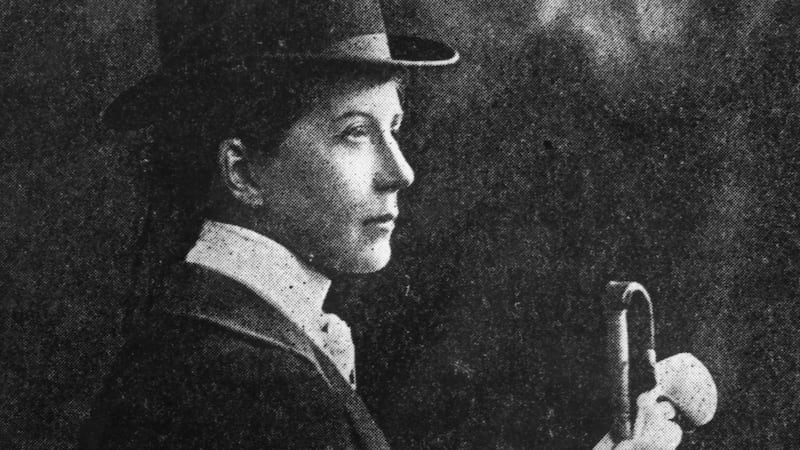
Certain evenings in the family home of Drishane House, Castletownshend, west Cork, saw Somerville wearing her gold and red doctoral robes at the dining room table, and she could insist on the use of her title, Doctor, in correspondence. She knew well that women's honours tend to be overlooked, and even though Trinity College Dublin had acknowledged Somerville and Ross's contribution to arts and letters with an honorary doctorate in 1932, she felt sidelined by the new Ireland. Anglo-Irish and "a lady in the worst sense of the word", as George Bernard Shaw described what he saw as Somerville's hauteur, her ascendancy background often determined her Irish reception. Yet adamant feminists like her great admirer of the 1920s, the lesbian composer Ethel Smyth who wrote the suffrage movement's anthem, The March of the Women, saw instead a chameleon personality; Somerville was an Irishwoman who could not be pinned down.
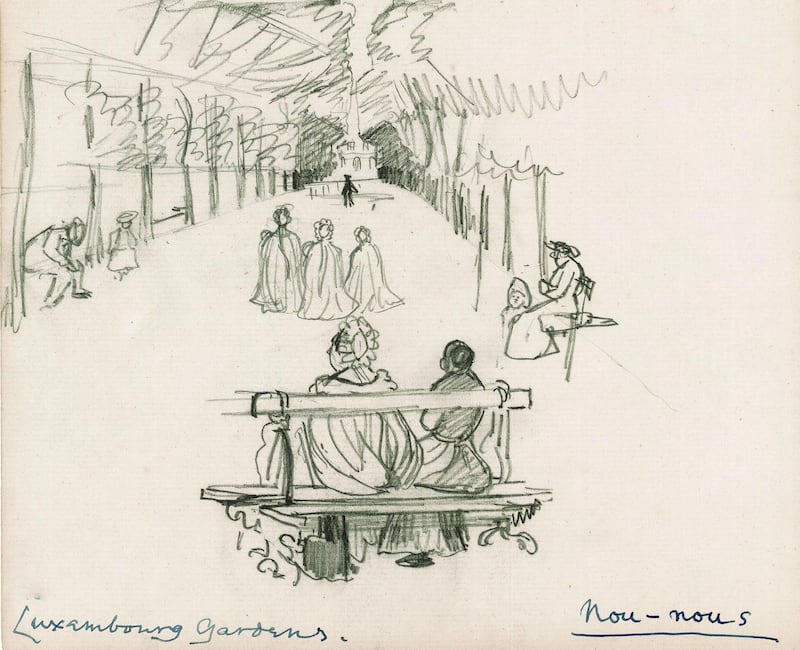
I had been working for years on the writings and illustrations of the co-authors when Bruce Arnold introduced me to an unpublished collection of Somerville’s sketchbooks. My interest in her artistic training on the Continent had led me to Arnold’s door, but I had tended to concentrate on the texts she had written with her second cousin from Ross House in Rosscahill, Galway, the journalist Violet Martin. By the turn of the 20th century, the women had created for themselves what we would describe today as personal branding; “Somerville and Ross” published novels, picture books, travelogues and story serials. Rudyard Kipling read aloud to his wife their illustrated Irish RM stories about a resident magistrate trying to enact the law in the Irish countryside; Martin’s cousin Lady Gregory liked to read the same stories to WB Yeats.
The co-authors descended on their maternal side from Ireland's chief justice Charles Kendal Bushe. They initially published material separately, and by the time that they had joined forces in 1886, Martin had become an astute observer of the Irish Revival as shown in her correspondence with Lady Gregory in the Berg Collection, New York Public Library. But unlike Augusta Gregory, Martin espoused a feminist cause, forgoing marriage to set up shop with Somerville, not just as co-writers but as business partners. The deceptively simple fiction that ensued included a wry response to the Irish writers of the day while a realist novel, The Real Charlotte (1894), provoked great admiration for its razing satire of Irish life.
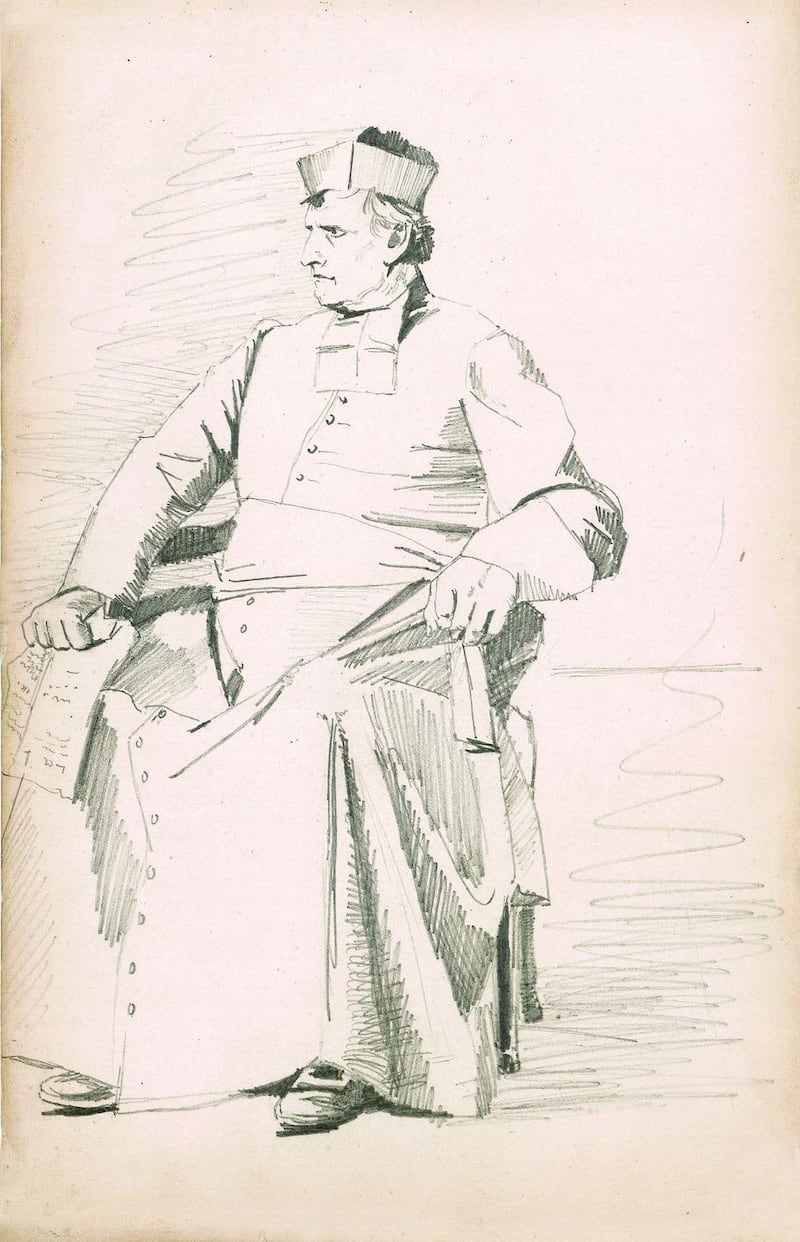
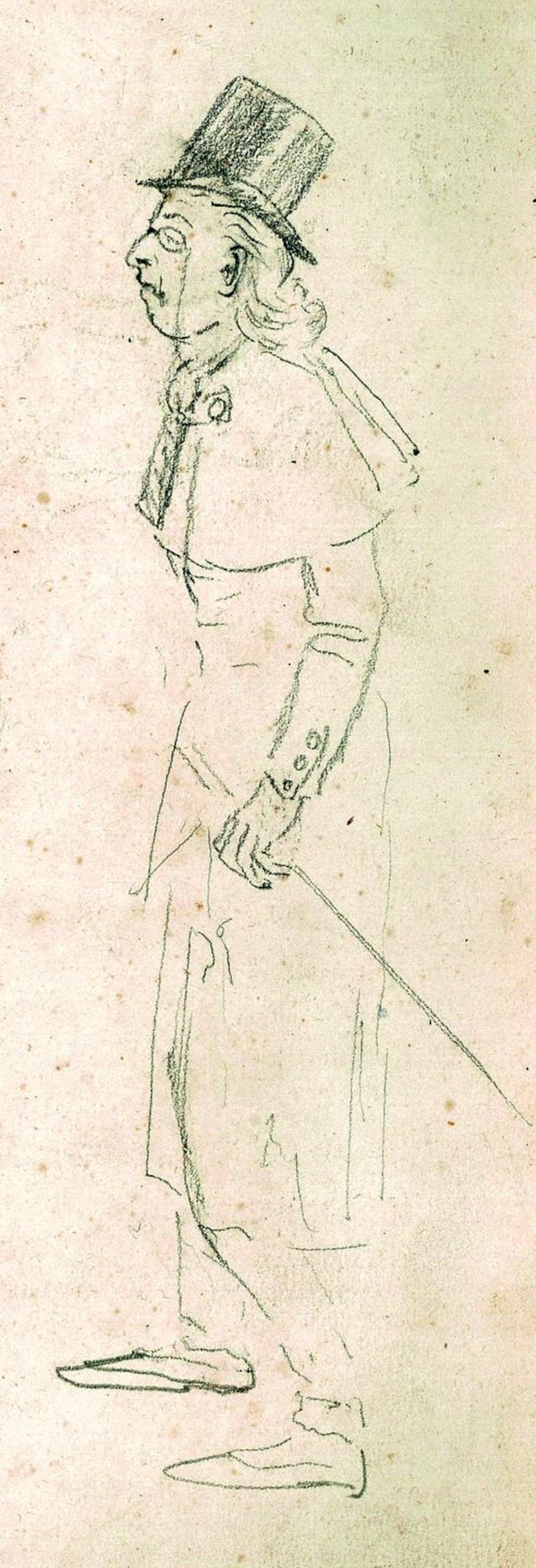
Their biographer, Gifford Lewis, had asked me in the past about this novel’s first drafts: “I think they might be important,” she would say to me. She was right. The Houghton Library, Harvard contains a treasure trove of Somerville and Ross material, including these manuscripts. Somerville’s sketches cover its pages and a caricature of the novel’s anti-heroine, Charlotte Mullen, was so prized by its creator that she cut it out and pasted it into a scrapbook now held in the Drishane Archive in Castletownshend which her descendent Tom Somerville oversees.
So when I first saw Somerville’s sketchbook collection, I held in my mind’s eye a rather daunting image of this exceptional woman. Such is the tendency when we look back on a writer or an artist’s life – we see the finished product rather than the tentative neophyte. But these 17 books of drawings and sketches dating from 1881-c.1912 changed my perspective.
While looking at the drawings of composers performing in the Ton Halle, Düsseldorf, a comical sketch of female artists fleeing a heckling group of children, a picture of Oscar Wilde, and sketches of female artists working in Colarossi's studio, Paris – while studying these sketchbooks, I remembered a line from Paul Henry's autobiography that I had read years before. In An Irish Portrait, Henry mentions having seen "two Irish girls", Edith Somerville and Violet Martin, walking along the Avenue Montparnasse in Paris. Looking at these sketchbooks and recalling his words, my perspective of the cousins shifted. I saw them from a distance and they were young – no longer in Cork or Connemara but aspiring to the artist's life in Bohemia.
The imaginary realm of Bohemia that Henri Murger depicted in Scènes de la vie de Bohème in mid-19th-century Paris is a place that ignores class and nation but which never really forgets gender. This may not be surprising given the one great advantage of the bohemian life – liberty, an aspect of life that eluded women of a certain class at this time. Somerville's cousin, the painter Egerton Coghill, flourished here, training in the Académie Julian and wearing his bohemian costume: corduroy knickerbockers, a tam o' shanter and earrings. Young women who had the freedom to hang off the raggedy coattails of the bohemian brotherhood tended to serve as models and muses. But an emerging female presence, which included a good sprinkling of Irish, was making itself felt, and Egerton introduced his cousin to female artists like the Irishwoman Fanny Currey and the Austrian Marianne Stokes. Somerville's pictures bring to life the mobilising efforts of an international group of female artists in centres like Paris at the end of the century. Somerville and Ross's writing reveals the absorption of the European experience.
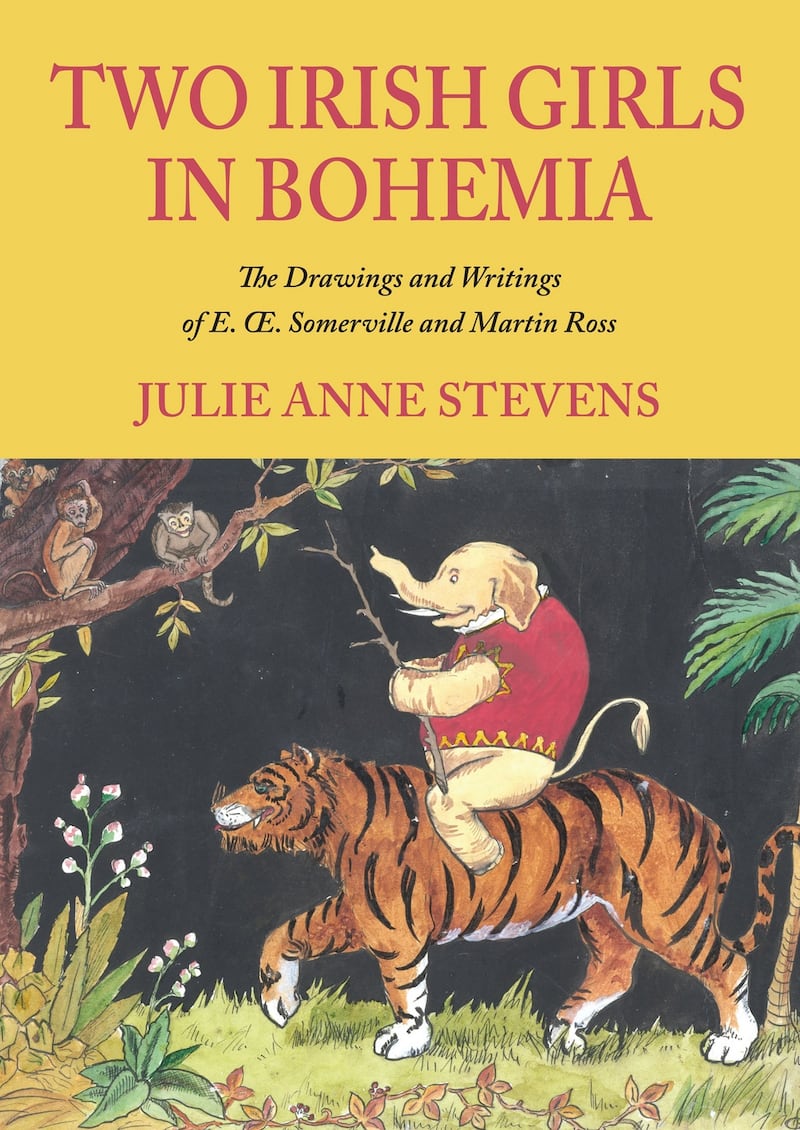
By approaching Somerville and Ross's works through art rather than literature, I perceived the extent to which the art world experienced abroad influenced the work completed at home. Somerville arrived in Paris in 1884, the year that the Salon des Indépendents was founded as an exhibiting society that would become a platform for women artists in the early 1900s. She continued to travel back and forth to continental Europe up until her cousin's untimely death in 1915. Her sketchbooks reveal another side of the picture that is Anglo-Ireland, and I resolved to write about it in Two Irish Girls in Bohemia.
Julie Anne Stevens lecture in the School of English, Dublin City University. Somerville Press has recently published Two Irish Girls in Bohemia: The Drawings and Writings of E ΠSomerville and Martin Ross












